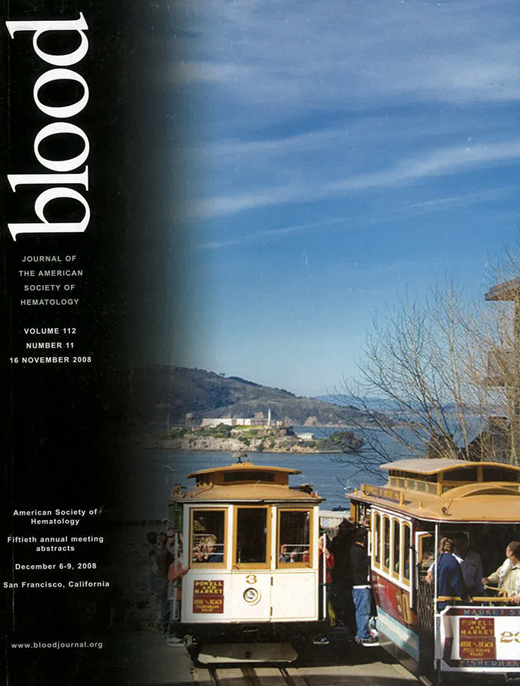Abstract
Although NOD.SCID mice lack an adaptive immune response, their innate immune system is intact. NOD.SCID mice are the model system used for both allo- and xeno-graft cell therapies to in vivo neovascularization of ischemic beds. As most previous studies have used undefined or mixed cell population, we tested the hypothesis that selected human umbilical cord blood (UCB) CD133+ stem cells (human HSC) would promote in vivo neovascularization, thereby conferring a therapeutic advantage over the mixed cell population found in mononuclear cell (MNC) preparations. These experiments focused on the murine response within the ischemic bed to human HSC cells as evaluated by gene array analyses. Gene array data was mined for inflammation, innate immunity and wound repair genes, with a focus on factors favorable to regeneration, angiogenesis and limits collagen deposition (scar formation). Normal mammalian wound repair occurs in 3 overlapping stages inflammation, new tissue formation, and remodeling. To evaluate these cell populations, NOD.SCID mice underwent femoral ligation and were divided into 3 study groups: controls (media alone), human selected UCB CD133+ HSC, or human non-selected UCB MNC. Previously, laser Doppler studies after femoral ligation showed significantly improved blood flow ratio in animals treated with human HSC vs. controls, 0.55±0.06 (n=9) and 0.37±0.03 (n=12, p<0.05), respectfully, and histology confirmed increased capillary density in animals treated with human HSC compared to controls, (320±18 and 131±6.9 cells/mm2; respectively p<0.0001). To compare the treatment effects on the early transcriptome and to wound repair, murine gene expression microarrays (Affymetrix murine GeneChip 430 2.0) of RNA extracted from tissues harvested from the ischemic limbs 3 days following femoral ligation and injection of cells (n=3 each experimental group) were utilized. In comparing control mice to those receiving human selected CD133+ HSC, 414 genes with 2-fold or greater change was observed. Several genes were differentially regulated between study groups. The level of IL12a mRNA was 2-fold lower in the hindlimb tissue of mice treated with CD133+ HSC than in the untreated controls: IL12 is a known regulator of the TH1-associated cytokine INF-g and TNF-a, a primary regulator of immune cells and cytolytic stimuli. While there was no observed change in the levels of INF-g in the hindlimb, 17 interferon induced genes were observed to be significantly lower in the human HSC-treated hindlimb compared to controls. Genes induced by TGF-b were lower including IL-12a, Ras-related genes, and the inhibitor latent transforming growth factor beta binding protein 2 was 3-fold higher in the hindlimbs treated with CD133+ HSC cells compared to controls. Innate immune cytokine receptors IL4 and IL13 mRNAs were expressed at a lower level than that seen in control mice. However, the IL6 receptor increased 3-fold in the human selected CD133+ HSC-treated cells as well as the downstream genes TIMP-1 (tissue inhibitor of matrix metalloprotease) and Pim1 gene, a stressed induced serine-threonine kinase which promotes cell survival. These results confirm prior observations in IL-6−/− knockout mice demonstrating delayed responses in leukocyte infiltration, angiogenesis and tissue remodeling. In addition, there was significant increases in genes regulated by the Wnt signaling pathway, compared to hindlimbs treated with UCB MNC cells including: Jun (2-fold higher), Sox4 (2–5 fold higher), Frizzle homolog 8 (2-fold), and MAPKKK4 (2-fold higher). The modulation of these factors and the observation that the inhibitor of Wnt signaling dickkopf was reduced 2.3-fold may indicate enhanced regenerative mechanisms as Wnt functions during embryogenesis and also during adult limb formation during metamorphosis. In summary, NOD.SCID treated with human selected CD133+ HSC after femoral ligation demonstrate significantly improved capillary density and blood flow recovery at later time points (day 28–42). Receptors and cytokines regulating innate immunity are significantly higher at an early time point (day 3) in mice treated with human CD133+ HSC suggesting an important regulatory role for innate inflammatory responses contributing to augmentation of vasculogenesis after acute vascular injury.
Disclosures: Laughlin: Abraham J & Phyllis Katz Cord Blood Foundation: Research Funding.
Author notes
Corresponding author

